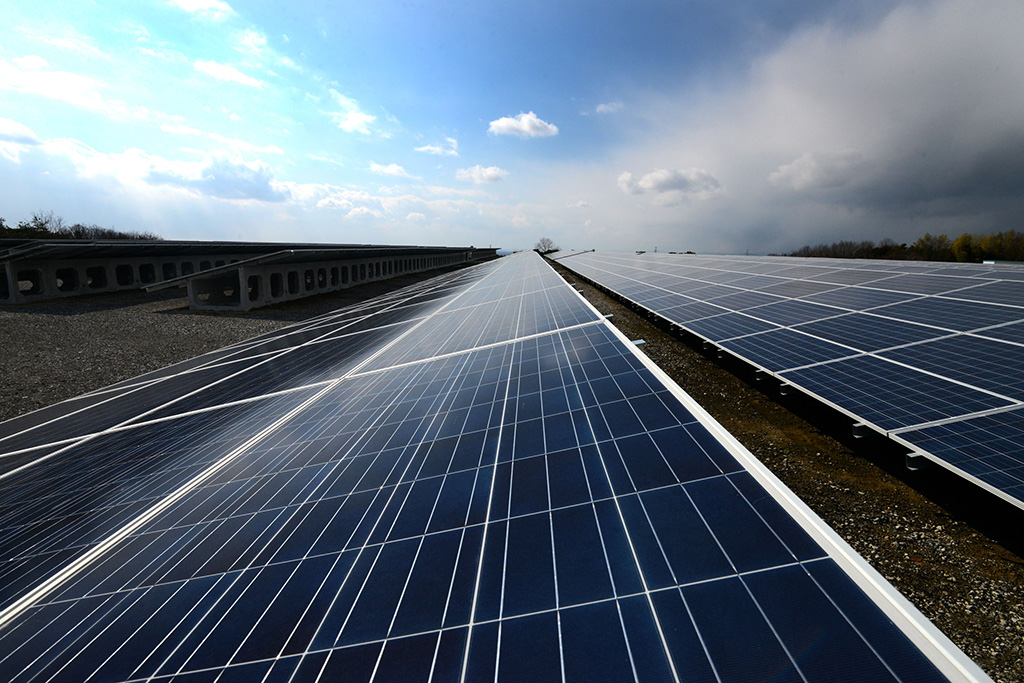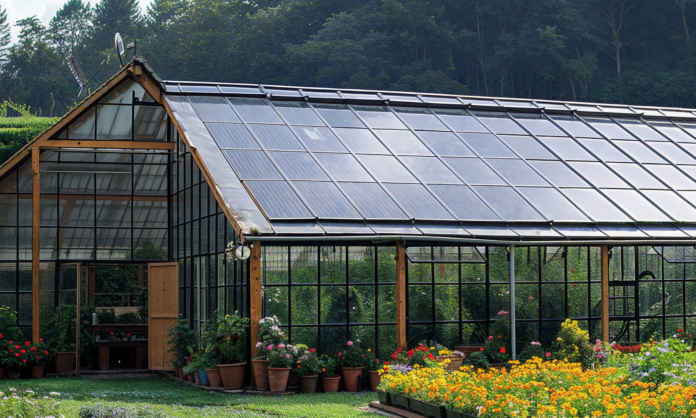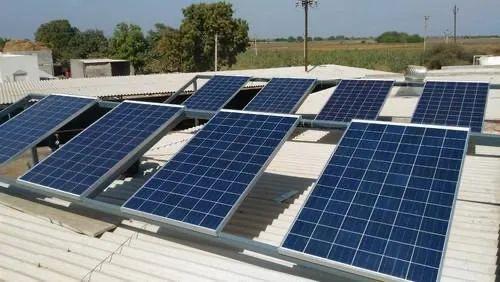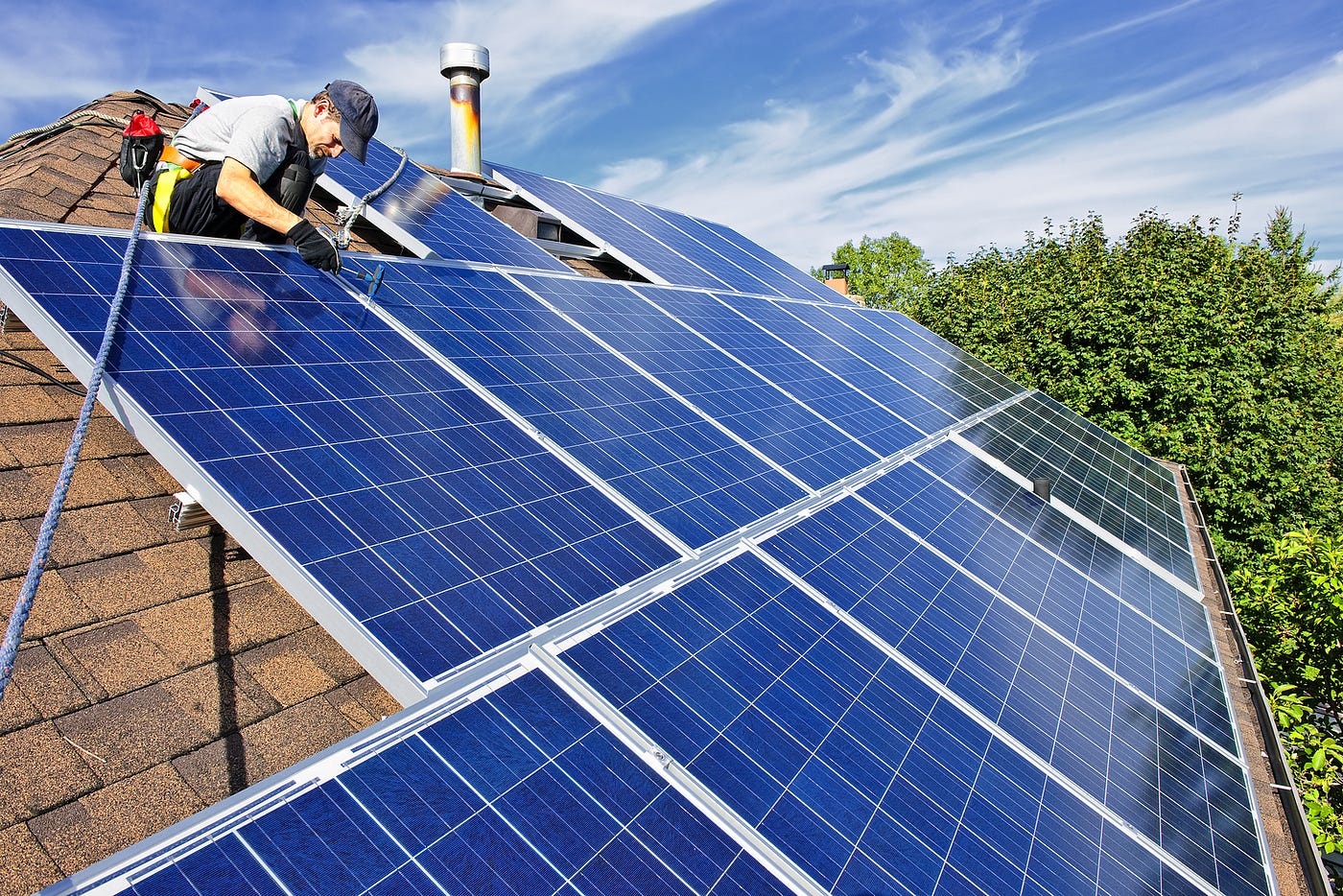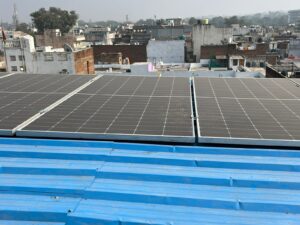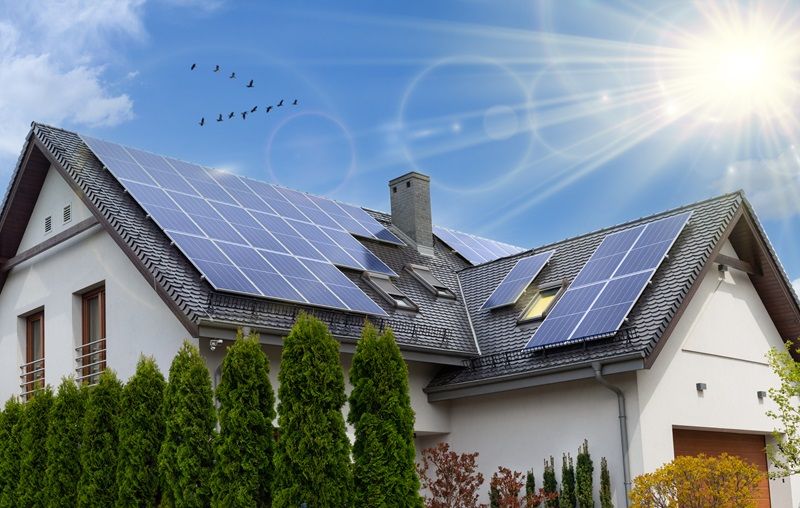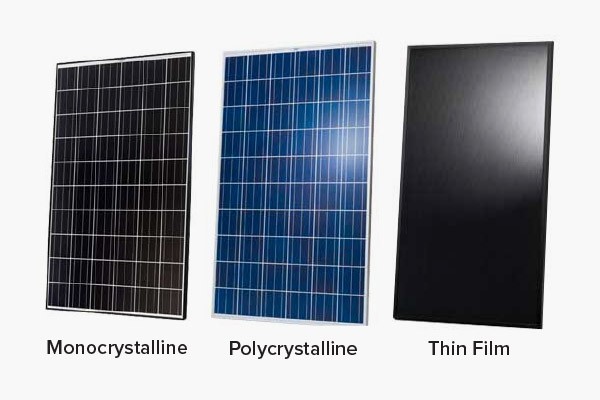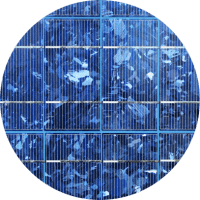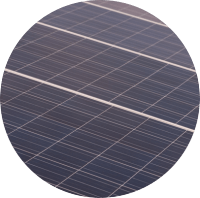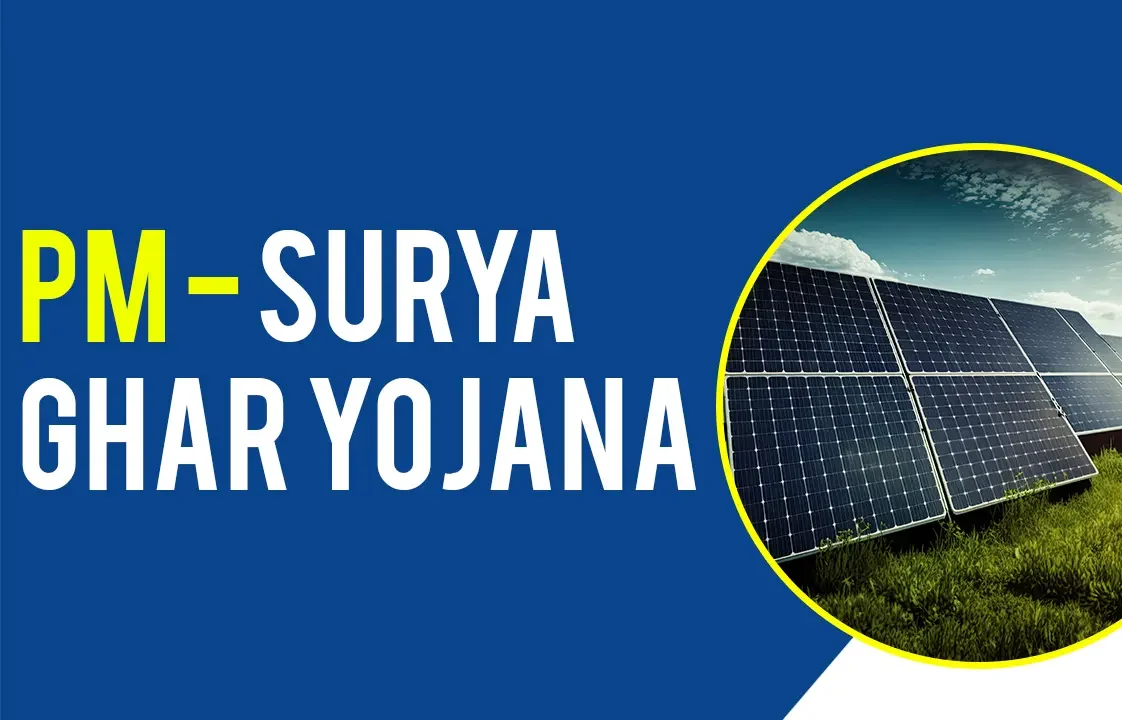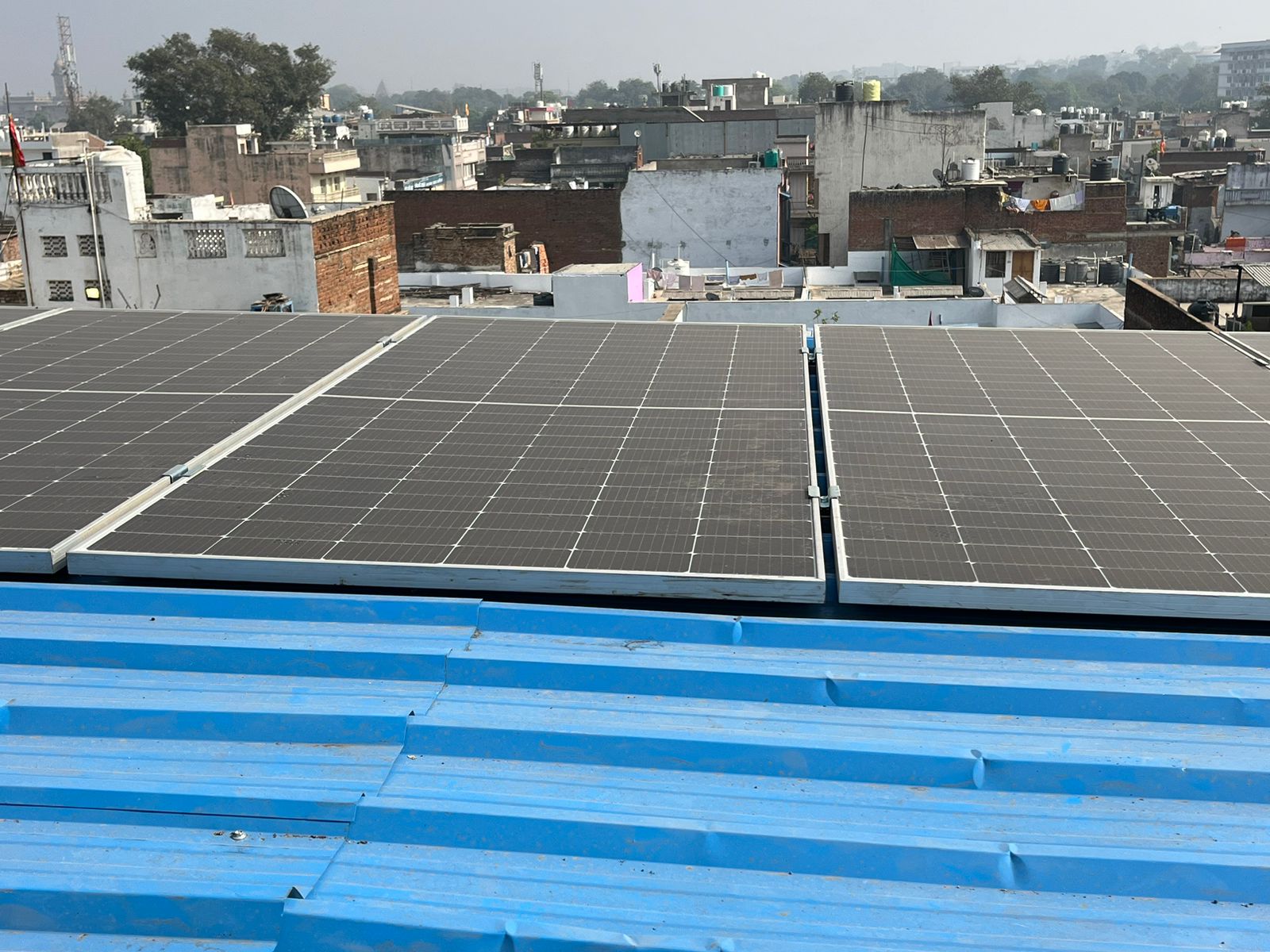CAN SOLAR PANELS WITHSTAND HURRICANES & EXTREME WEATHER?
Solar panel manufacturers make their systems as tough as possible because they’re constantly exposed to the elements. Solar panels are durable enough to withstand a hurricane, among other rough conditions.
The good news is that you generally don’t have to worry about hurricane winds, rain or hail ruining or damaging your solar panels because they’re built to be resilient. But you’ll need to take some precautions before any tropical storms hit.
How Durable Are Solar Panels?
Solar panels might seem fragile because some are made of glass, but high-quality, thick tempered glass is actually quite strong.
However, solar panels made of monocrystalline silicon are much more common and more durable overall. Monocrystalline silicon is made by melting pure silicon and forming it into bars, then cutting it into wafers. The purer the silicon is, the more efficient your solar panels are.
Manufacturers also rigorously test their products and pursue third-party verification to ensure their solar panels can withstand a hurricane and its worst conditions, including high-force winds, large hail and heavy rain.
Effects of Hurricane Weather on Solar Panels
Effects of Rain on Solar Panels
Rain has no real negative effect on solar panel systems. Solar panels and their connectors are durable and waterproof. You won’t have to worry about them falling apart when the rain starts pouring down.
In fact, the residual rain droplets on your panels can have a positive effect on energy generation. Water is reflective, so those droplets attract light and boost energy generation when the sun reemerges after a rainstorm.
Rain is also helpful in washing away dirt and debris from solar panels. This keeps them clean for absorbing ample sunlight.
Effects of Wind on Solar Panels
Most solar panels can handle wind speeds of up to 2,400 pascals, which equals 140 miles per hour (mph). The best manufacturers engineer solar panel systems with local wind patterns in mind.
The average sustained wind speed for Category 3 hurricanes is between 111 and 129 mph. Nevertheless, your solar panel system should have no trouble combating these strong winds and can withstand a hurricane.
Effects of Hail on Solar Panels
Contrary to what most people might think, solar panels are resistant to some of the hardest, biggest hailstones. The National Renewable Energy Laboratory studied 50,000 solar panel installations between 2009 and 2013 and found that only .1% of all systems reported module damage or underperformance each year.
Do Solar Panels and Batteries Work During Hurricanes?
Solar panels can still generate energy despite the intense rain and clouds that hurricanes bring. Your home solar installation can absorb sunlight and produce electricity as long as sunlight hits them directly or indirectly.
However, hurricanes often damage grid lines, which results in power outages. Certain states (such as Florida) require solar panel owners to connect to the grid. If an outage occurs, all solar systems must halt power generation for the safety of electricians working to restore the grid.
How to Prepare Your Solar Panels for a Hurricane
You’ll probably hear from your local weather station if a hurricane is on the way.
It’s unnecessary to (and doesn’t make sense to) remove solar panels from the ground, a wall or your roof, especially because they help protect your roof from potential storm damage.
Make sure to document the condition of your solar panel system before a hurricane strikes in case you have any damage. Solar panels are just as much of a financial investment as other assets. Having proof will help your case when seeking insurance coverage.
Having both hard and digital photocopies is wise if you need to give your provider documents. Most solar warranty plans cover your system’s equipment, labor and repair or maintenance due to damage, loss or theft over a 25-year period.
How to Inspect Your Solar Panels After a Hurricane
You should always inspect your solar panel system for damage once a hurricane has passed. However, roof solar panels aren’t as easy to assess as wall or ground-mounted solar panels. Make sure to contact a solar panel service and maintenance department for a solar repair request.
Photograph any damage, whether you’re doing the inspection yourself or asking a solar specialist to help you. Make sure to avoid any exposed or displaced wires. The system could be energized with current and potentially harm you.
Read More-How To Heat a Greenhouse With Solar Panels?
Read More-Top 5 Benefits Of Solar Power For Businesses In India

